CHARM
Type of resources
Available actions
Topics
INSPIRE themes
Keywords
Contact for the resource
Provided by
Years
Representation types
Update frequencies
status
Scale
-
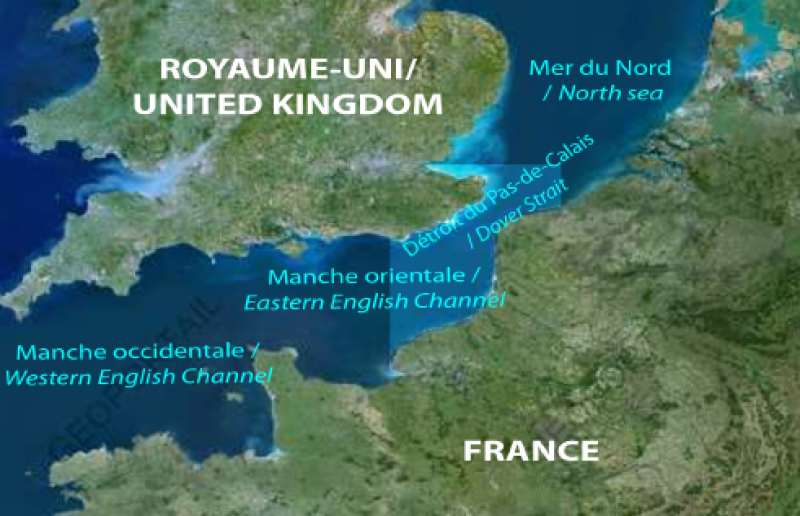
Polygons which delimited the geographical studied area of the CHARM I project and the CHARM II project. Polygons which delimited the geographical suggested area of the CHARM III project.
-
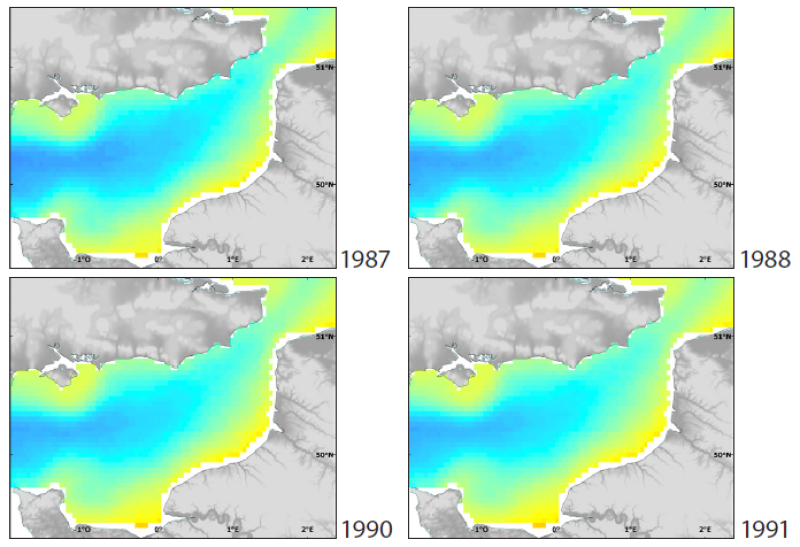
The English Channel is a biogeographical transition zone, situated between warm temperate and boreal marine province. This status enables the early detection of trends in the oceanic climate regime between two provinces. Mean SST maps for February (coldest month of the year) and August (warmest month of the year), from 1986 to 2006, were produced.
-
Biologic data have been expressed in abundance (numbers or density values (nbr/km²)) and always required to be log-transformed using a log10(x+1) transformation.
-

Biological data have been expressed in abundance (number of individuals per 20 m3).
-
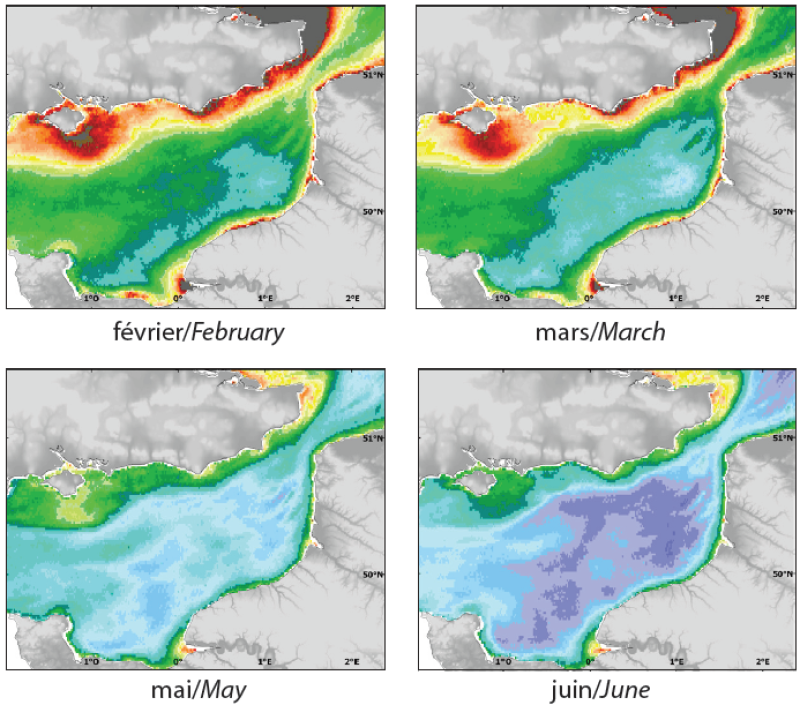
mineral Suspended Particulate Matter (g.m-3)
-
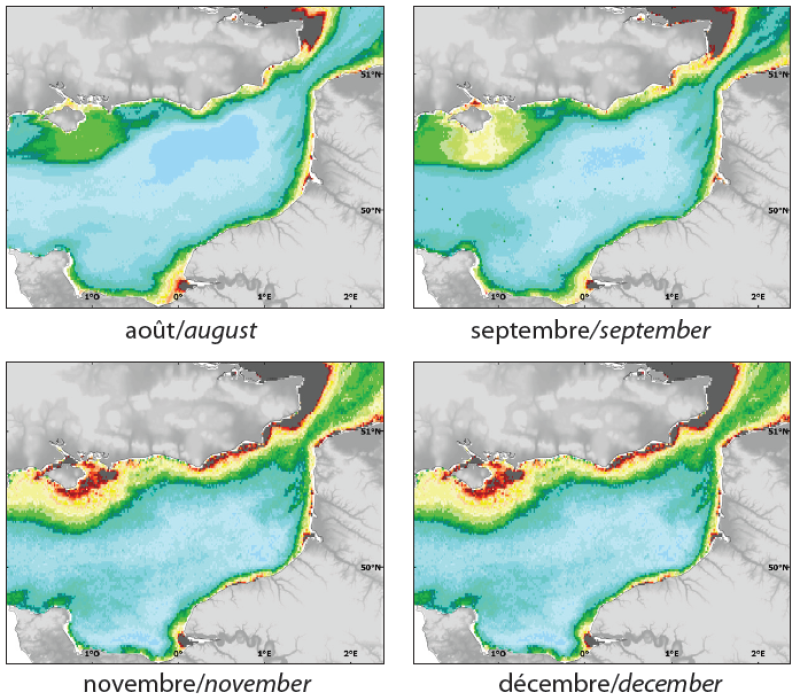
attenuation coefficient (KPAR, m-1)
-

Three environmental parameters were measured in situ during the REISE2 survey in April 1995. Temperature and salinity were measured using a probe. Fluorescence (mean for the water column) was measured using a fluorometer. This survey gives illustration of spring conditions.
-
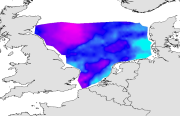
Temperature and salinity were measured, in situ at sea surface and at bottom during the IBTS surveys from 1980 to 2010 . Temperature and salinity were measured using CTD probe. The IBTS survey, which takes place each year in January, gives a good illustration of winter conditions.
-
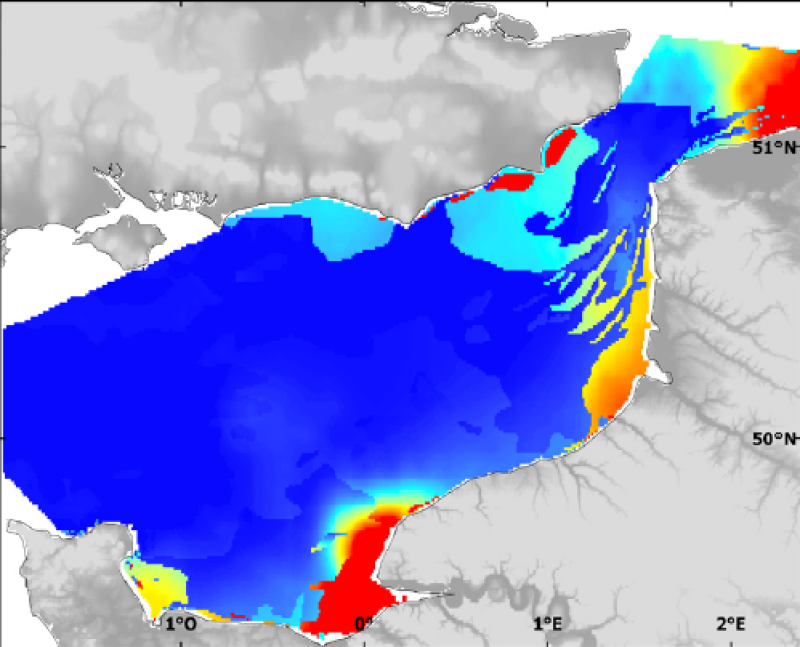
Modelised abundance of species or prediction uncertainty.
-
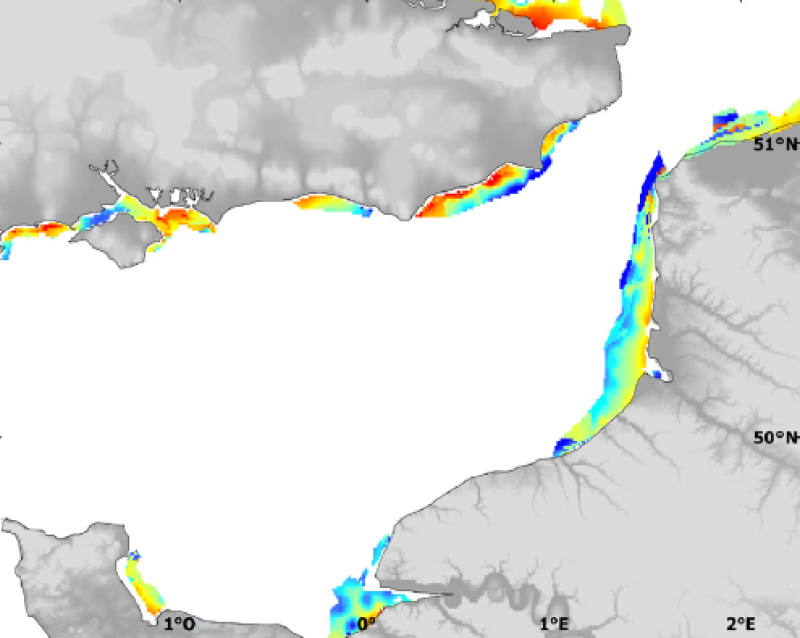
Modelised abundances of several species in coastal nurseries or prediction uncertainty.
 Mon GéoSource
Mon GéoSource